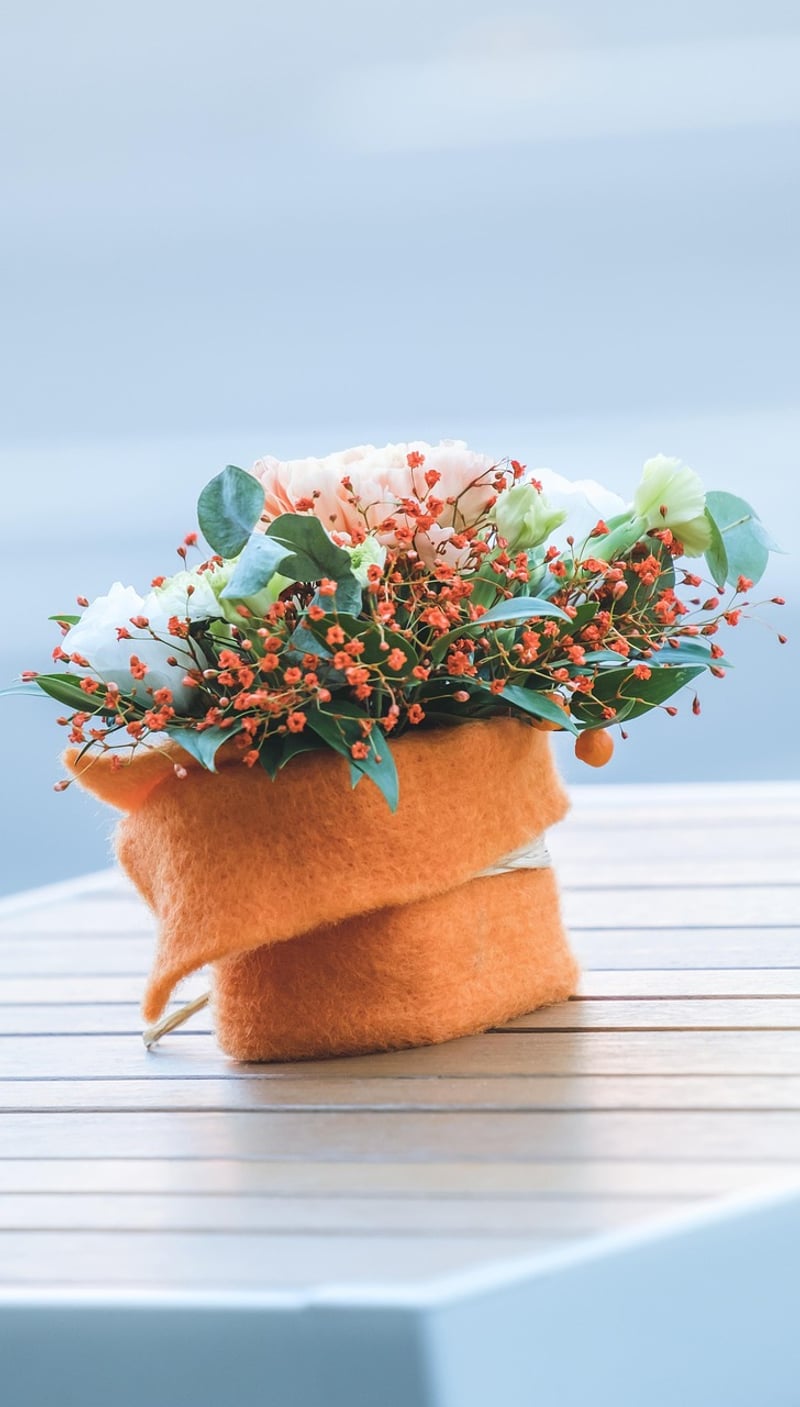Floral Motifs
Exploring Repetitive Plant Designs and Floral Motifs in Art and Design
Plants and flowers have long been a source of inspiration for artists and designers, with their beauty and intricate patterns often serving as a muse for creative endeavors. In this article, we delve into the world of repetitive plant designs and floral motifs, exploring how these elements are used across various art forms and design practices.
The Artistry of Repetitive Plant Designs
Repetitive plant designs, also known as botanical patterns, involve the use of plant elements such as leaves, vines, and flowers in a repeated manner to create visually appealing compositions. These designs can be found in various art forms, from traditional paintings to modern digital art.
Artists often use repetitive plant designs to convey a sense of harmony, rhythm, and balance in their work. By repeating botanical motifs, they can create intricate and mesmerizing patterns that draw the viewer's eye and evoke a connection to nature.
Examples in Art History
One of the most famous examples of repetitive plant designs in art history can be seen in the works of famous artist William Morris. Morris was a leading figure in the Arts and Crafts movement of the 19th century, known for his intricate floral patterns that adorned wallpapers, textiles, and decorative arts.
His designs often featured stylized flowers, leaves, and vines arranged in repetitive patterns, showcasing the beauty of nature through meticulous craftsmanship and attention to detail.
Floral Motifs in Design
Floral motifs, inspired by the shapes and forms of flowers, have been a popular choice in design for centuries. From fashion to interior design, floral patterns add a touch of elegance, femininity, and beauty to various products and spaces.
Designers often incorporate floral motifs in their work to evoke feelings of joy, freshness, and vitality. Whether used in textiles, graphic design, or architecture, floral patterns can bring a sense of natural beauty and sophistication to any project.
Modern Interpretations
In contemporary design, floral motifs are often reimagined in innovative ways, blending traditional botanical elements with modern aesthetics. Designers experiment with color, scale, and composition to create unique floral patterns that resonate with today's trends and tastes.
From minimalist floral illustrations to bold, oversized flower prints, floral motifs continue to captivate audiences and inspire creativity across various design disciplines.
Exploring Creativity Through Nature
Whether through repetitive plant designs or floral motifs, artists and designers find endless inspiration in the beauty of nature. By incorporating botanical elements into their work, they celebrate the wonders of the natural world and create art that resonates with audiences worldwide.
Next time you admire a vibrant floral pattern or a mesmerizing botanical design, take a moment to appreciate the creativity and artistry that went into capturing the essence of nature in a single motif.


Explore the beauty of repetitive plant designs and floral motifs in art and design, and let nature inspire your creative journey!
